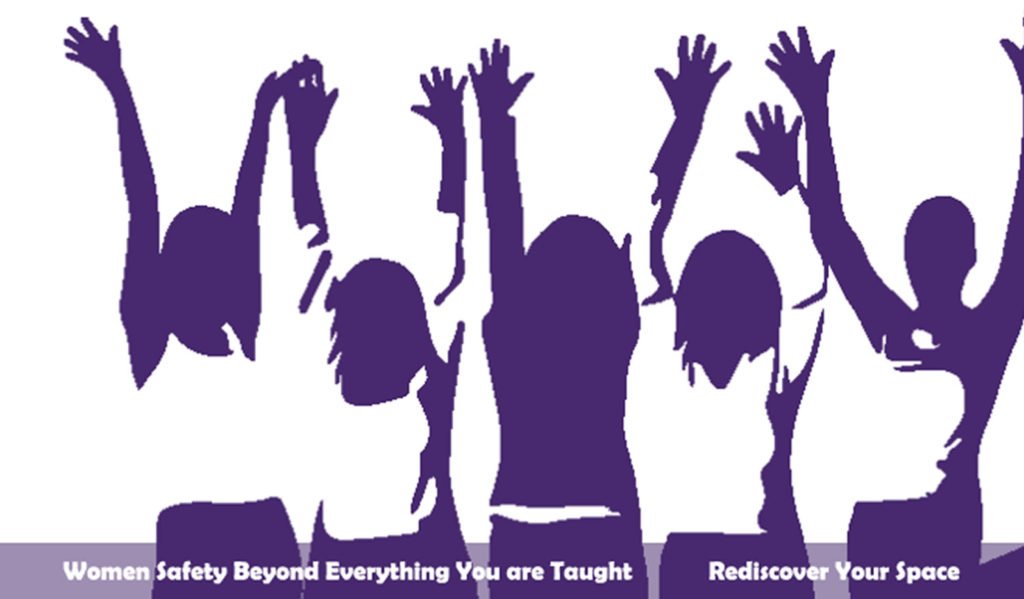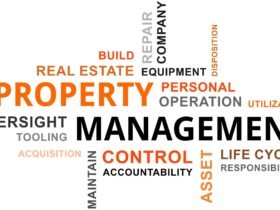Workplace mobbing and abuse are often overlooked forms of bullying that can have severe emotional and psychological consequences for the victim. While office gossip or interpersonal conflict may seem like part of a normal work environment, workplace mobbing goes far beyond occasional disagreements. It’s an organized, sustained, and often covert effort to isolate, belittle, and professionally sabotage a colleague. In this blog, we’ll take a closer look at what workplace mobbing and abuse really entail, the effects on both the victim and the workplace, and steps that can be taken to address this destructive behavior.
What is Workplace Mobbing?
Workplace mobbing occurs when a group of employees targets an individual with repeated, persistent abuse. This abuse can take many forms, including:
- Gossip and Slander: Spreading rumors about the target’s competence, character, or work ethic.
- Exclusion: Purposefully leaving the individual out of meetings, decisions, or social interactions.
- Undermining Work: Sabotaging the target’s work efforts by providing false information, changing deadlines, or withholding important details.
- Verbal Abuse: Making belittling or demeaning remarks, either in private or in front of others.
- Isolation: Deliberately ignoring the person or giving them the “silent treatment.”
Unlike traditional bullying, which is often one-on-one, mobbing involves multiple individuals, creating a toxic environment where the victim feels surrounded and unsupported.
Signs of Workplace Mobbing and Abuse
Victims of workplace mobbing often feel isolated, but the signs of mobbing can be subtle and build up over time. Here are a few warning signs:
- Increased Anxiety and Stress: Constant exposure to negative behavior can lead to anxiety, stress, and even physical illness.
- Deterioration in Performance: The victim may begin to feel less confident in their abilities, leading to a drop in productivity or quality of work.
- Frequent Complaints to HR: If the same individual is constantly being criticized or reported, this can be a sign of mobbing.
- Social Exclusion: If one person is consistently excluded from group activities or informal gatherings, this is another red flag.
- Negative Impact on Mental Health: Victims may experience depression, burnout, or symptoms of post-traumatic stress disorder (PTSD).
How Does Mobbing Start?
Workplace mobbing often starts with a group identifying an individual as different or as a threat. This individual may have a unique skill set, high levels of success, or may simply not “fit in” with the established work culture. Once this person is identified, the mobbing behavior begins, often in subtle ways at first.
It’s not always malicious from the outset; sometimes mobbing starts because of envy, power struggles, or the desire to make the person conform to the group’s norms. Unfortunately, once it starts, mobbing can quickly escalate, involving more people and creating a snowball effect of abuse.
The Impact of Workplace Mobbing
On the Victim
The personal toll on the victim of workplace mobbing can be devastating. Some common consequences include:
- Mental Health Issues: Victims of mobbing often experience severe anxiety, depression, and stress-related health problems. Many suffer from sleep disturbances, headaches, and a loss of self-esteem.
- Career Damage: Mobbing can derail a person’s career, leading to job loss or demotion. The constant stress and exclusion can lead to underperformance, which may be used as justification for disciplinary actions.
- Social Isolation: Victims are often socially ostracized, losing friendships and professional networks within the workplace. This isolation makes it even harder to escape the cycle of abuse.
On the Workplace
Mobbing not only affects the victim but also the overall health of the workplace. Some consequences for the organization include:
- Decreased Morale: Toxic behavior can cause a significant drop in morale for all employees, even those not directly involved.
- High Turnover: If the workplace culture allows mobbing to happen, it can lead to a high turnover rate, as good employees may leave to avoid the toxic environment.
- Decreased Productivity: When workers are focused on drama and interpersonal conflict, overall productivity suffers. Employees are less engaged, more distracted, and less willing to take initiative.
- Legal Risks: If workplace mobbing or abuse goes unchecked, companies may face legal challenges, including lawsuits for harassment, discrimination, or wrongful termination.
Why Do Employers Ignore Workplace Mobbing?
One of the most frustrating aspects of workplace mobbing is how often it goes unnoticed or unaddressed by management. There are several reasons for this:
- Difficulty in Identifying: Mobbing can be subtle and hard to identify, especially if it doesn’t involve overt actions like shouting or physical violence.
- Lack of Awareness: Some employers may simply not be aware of what mobbing is, or they may not see it as a serious issue.
- Internal Politics: In some cases, the individuals involved in mobbing may hold positions of power or influence, making it difficult for management to take action.
- Fear of Repercussions: Management may fear that addressing mobbing could create more conflict or disrupt team dynamics, particularly if the mobbers are seen as top performers.
How to Address Workplace Mobbing
To create a safe and healthy work environment, it’s critical for both employers and employees to address mobbing proactively.
For Employers:
- Establish Clear Policies: Create anti-bullying and anti-harassment policies that explicitly define mobbing and outline consequences for such behavior.
- Foster Open Communication: Encourage open communication between employees and management. Make it easy for employees to report mobbing or abuse without fear of retaliation.
- Provide Training: Regular training on workplace behavior, diversity, and inclusion can help prevent mobbing by fostering a more supportive and understanding work environment.
- Conduct Thorough Investigations: If a complaint is filed, it’s essential to conduct a thorough investigation to ensure that mobbing is taken seriously and addressed appropriately.
For Employees:
- Document Everything: If you’re experiencing mobbing, it’s important to document all incidents, including emails, messages, and verbal interactions. This documentation can be crucial if you need to take your case to HR or management.
- Seek Support: Don’t isolate yourself. Reach out to trusted colleagues, friends, or a counselor to help navigate the emotional toll of mobbing.
- Know Your Rights: Familiarize yourself with your company’s policies on harassment and abuse. If mobbing violates these policies, you may be able to file a formal complaint or seek legal action.
Conclusion
Workplace mobbing and abuse are serious issues that can have far-reaching consequences for both the victim and the organization. By recognizing the signs of mobbing, understanding its impact, and taking steps to address it, both employers and employees can help create a healthier, more productive work environment. In the end, standing up against workplace mobbing is not only about protecting individual employees—it’s about fostering a culture of respect, inclusion, and support for everyone.












Kalden Doma
An internationally renowned thought leader in rediscovering & mind training life skills. Kalden Doma has been delivering inspirational lectures across the globe for over 17 years. A driven entrepreneur, started a mind training academy in 2001. She coaches students, entrepreneurs, & executives.